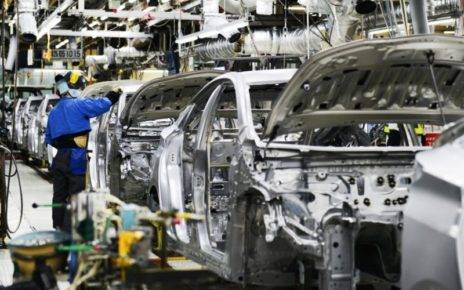Physical cash payments have reduced majorly in the last decade and electronic payments have become more and more common. The electronic payments industry is mainly comprised of four companies Discover, American Express, MasterCard, and Visa. Although there are certainly other companies that provide electronic payment services at a national level throughout the world, these companies are solely responsible for handling the majority of these card payments globally. None of these companies are involved in extending credits or issuing any cards so they Co-partner with other companies and provide promotional discounts regularly to their customers.
In today’s world each and everyone has at least one debit or credit card, hell many people have more than one of these cards because they want to avail maximum benefits out of the promotional offers and benefits that these issuers offer. Among these four companies, the biggest ones are easily MasterCard and Visa. It is obvious that you may have heard about both of these companies before, let’s understand these companies in more detail and discover the difference between both.
Understanding Visa and MasterCard
These two companies are more similar than different as a whole. Both of them are the only network payment processes that are heavily involved in all three major areas of the payments market.
MasterCard and Visa both are traded publicly and their market capitalizations are not much apart as well. The market capitalization of Visa is currently standing at $365 billion while
market capitalization of MasterCard is not that far at $293 billion.
As mentioned above, none of these companies issue a credit by themselves so they have a large network of co-branding companies. The business models of these two companies are also very identical both of these companies partner with various Financial Institutions like credit unions and thanks to making their services possible.
Visa
The company’s most profitable business segments are:
- Service
- International transactions
- Data processing
- Other
While a major part of their overall revenue comes from data processing and services. Data processing fees are usually charged by the issuer as well who is in turn receives this amount by charging merchants for each transaction. Service fees are the regular fees charged by these companies from the card owners and the amount depends on the card volume. Products of Visa include prepaid cards, debit, and credit cards. MasterCard and Visa are not much different when it comes to their business segment and major revenue houses. In general, there are three card levels offered by Visa: Infinite, signature, and base and all of them come with standardized provisions for the issuers.
Talking about the revenue, in 2019 total revenue of Visa stood at $23 billion while the total payment volume was at $8.8 trillion.
MasterCard
In 2019, the total revenue of MasterCard stood at $16.9 billion while the total payment volumes I was at $6.5 trillion. It could be said that Visa is bigger than MasterCard in terms of cards in circulation, purchase volume, and transactions but both of these companies have almost similar global merchant acceptance footprints.
Products offered by MasterCard are commercial product business, prepaid cards, consumer debt, and consumer credit. One of the most reputable business segments of MasterCard is easily the payment solution which is categorized systematically across geographies.
Similar to Visa majority of MasterCard’s revenue is retrieved from data processing fees and service fees. There are three levels offered by MasterCard: base, World and World Elite.
Telling by the ongoing trend, it is safe to say that the electronic transactions industry is not going anywhere. When these companies and their businesses have become so integral part of our life it is important to have a basic understanding of these companies and how they function. Regardless of which part of the world you are reading this from, you might have already heard about companies like MasterCard and Visa, this solely depicts their footprints all over the world.





